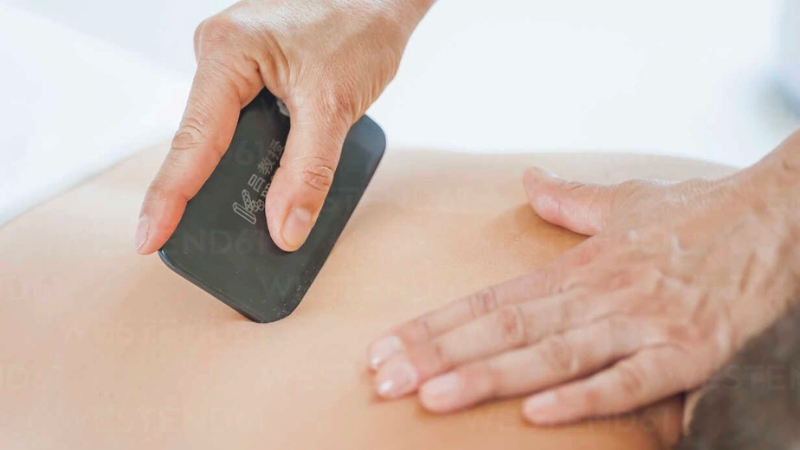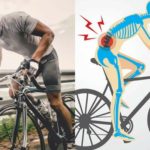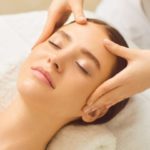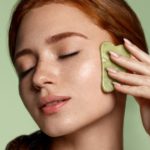Gua Sha, also known as scraping, is a traditional medical treatment that many people apply and brings effectiveness in treating flu, headache, muscle pain, irregular menstruation, etc. However, if done incorrectly, it can cause harm to health. Let’s find out the positions to avoid when Gua Sha to ensure health safety.
1 Positions to avoid when Gua Sha
According to Dr. Huynh Tan Vu, Ph.D., Ho Chi Minh City University of Medicine (Branch 3), Gua Sha is applied by many individuals such as those with flu, stomachache, headache, muscle pain, irregular menstruation, recovery after a stroke, etc. Safe positions for Gua Sha will be those with thick muscle layers, including:
- Both sides of the neck, both shoulders.
- Along the collarbone.
- Both sides of the waist, spreading to the ribs.
- Outer side of the arm, outer side of the leg.
 Positions to avoid when Gua Sha
Positions to avoid when Gua Sha
Gua Sha method is relatively safe, but to ensure effectiveness, it is advisable to avoid Gua Sha near the following positions:
- Eyes, nostrils, ears, groin, lips, tongue.
- Lower back, abdominal area of pregnant women.
- Breast area of women.
- Be careful to avoid the area above the bony surface as it can cause pain.
- Affected areas on the skin, allergies, boils, ulcers, unhealed wounds, injuries, etc.
2 Cases where Gua Sha should absolutely not be performed
Although Gua Sha brings certain benefits to individuals undergoing the treatment, it is important to note that those with the following underlying conditions should absolutely not perform Gua Sha to ensure health safety:
- Sick people.
- Patients with kidney disease showing renal failure.
- Patients with decreased platelet count, liver coma, and diseases with bleeding tendencies.
- Patients with severe heart disease showing heart failure.
- Patients with cirrhosis, bloated abdomen, generalized edema.
In addition, doctors note that: “Cautions should be taken with individuals at high risk of stroke (chronic underlying disease: hypertension, obesity, elderly individuals). When experiencing fatigue, fainting, difficulty speaking, weakness on one side of the body… it is necessary to take them to the hospital immediately, rather than wasting time on Gua Sha as it may be a sign of stroke.”
 Cases where Gua Sha should absolutely not be performed
Cases where Gua Sha should absolutely not be performed
Above are the notes on cases where Gua Sha should not be performed to ensure health safety. Hopefully, the above information will be helpful to you!
Analyzing Distinctions Between Covid-19 and Seasonal Flu Respiratory Illnesses
Have you been feeling under the weather lately? It might be difficult to tell whether it’s Covid-19 or flu symptoms you are experiencing. Fortunately, there are a few identifying factors that can help us differentiate between these illnesses. In this article, we’ll discuss the key differences between Covid-19 and seasonal flu.
Common Pain Points When Starting to Ride a Bike: Causes and Effective Remedies
During the training process or for beginners in cycling, it is common to experience various pains such as back pain, knee pain, hand pain, muscle pain, neck pain, and more. To overcome these discomforts, let’s explore the common pains that occur when starting to cycle, their causes, and effective remedies with us!



































